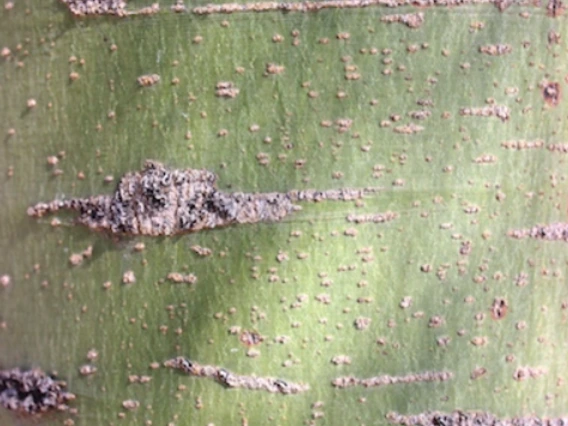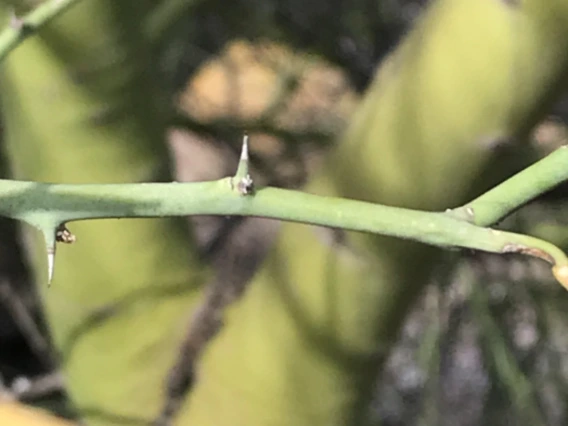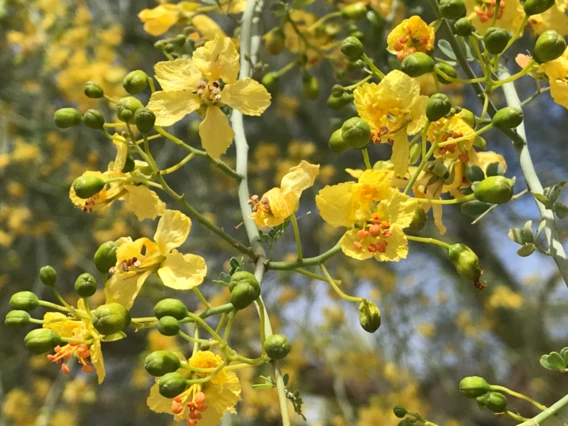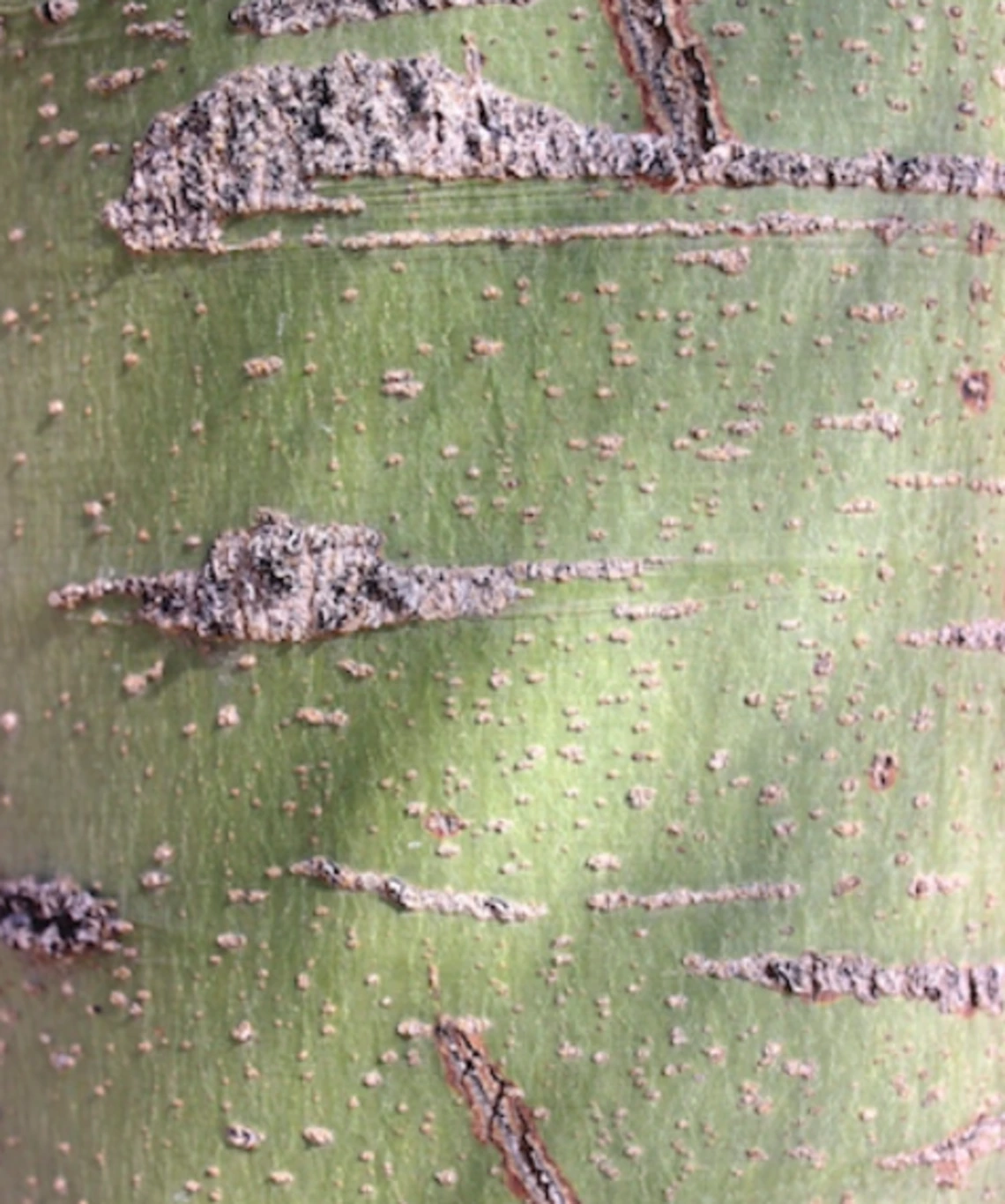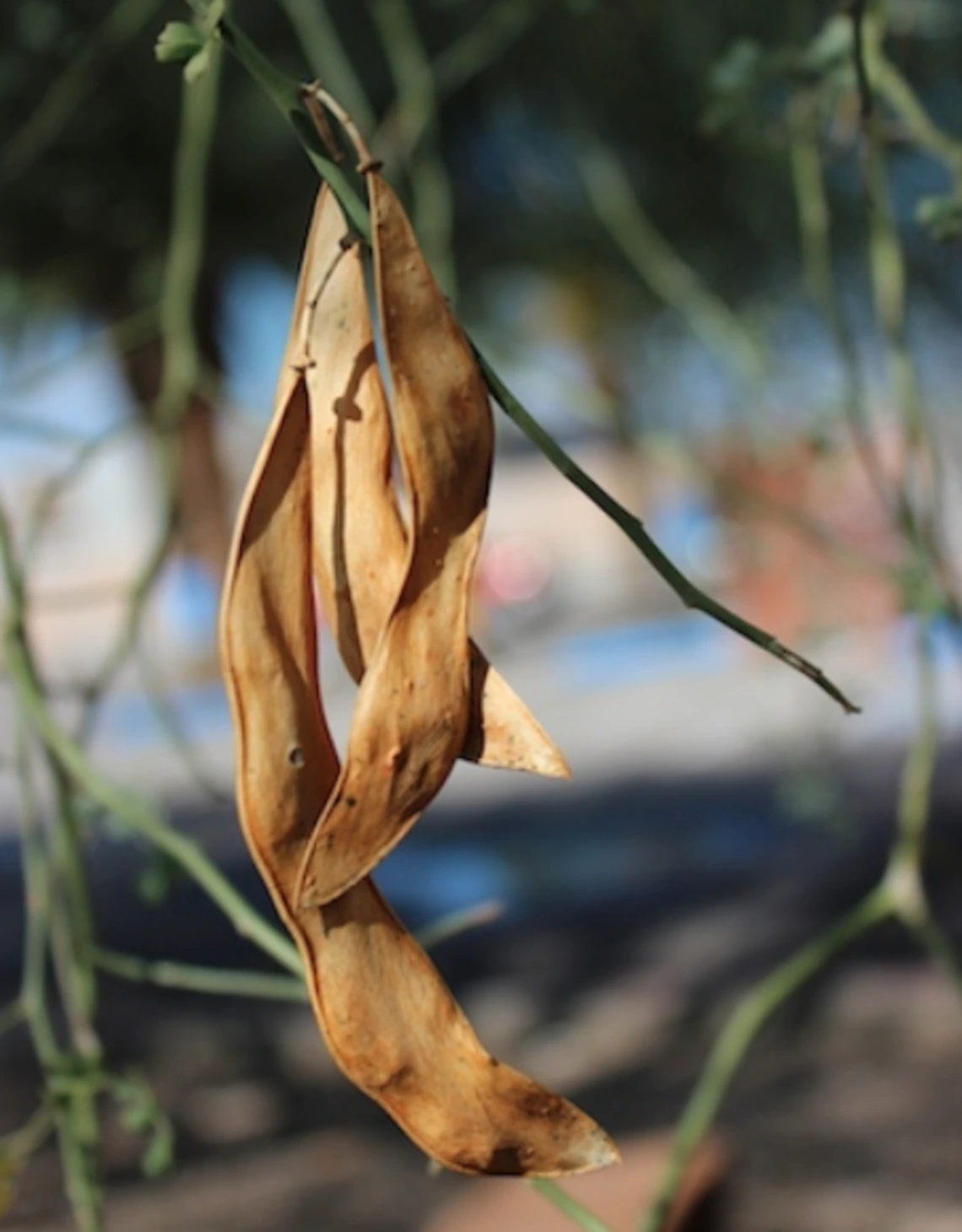Family: Fabaceae
Compound: Par flo
Synonyms: Cercidium floridum, Cercidium floridum subsp. floridum, Cercidium floridum subsp. Peninsulare
Geographic Origin: extreme southwestern US, northwestern MX
Characteristics: A deciduous tree typically between 6-9.15m (20-30ft) in height and with a distinct bluesih hue. The trunk and stems are blue-green and photosynthetic. Leaves are alternate and bipinnate with 1-3 pairs of leaflets on each pinna. Each leaflet is a 6.3mm (1/4in) long and blue green in color. Unlike P. microphylla, this tree has short thorns at the nodes rather than sharp stem ends. The flowers are roughly 2.5cm (1in) in diameter with 5 petals and a vibrant yellow color. Fruits are long, tan, flattened pods with 1-6 seeds inside.
Natural History: Typically grows along desert washes and canyons but also found in plains and gentle slopes below 1220m (4000ft). blooms profusely in spring, often appearing completely yellow from a distance. Flowers attract pollinators and fruit are eaten by wildlife and people.
Cultivation Notes: Can be grown from seed easily. Prefers full sun and well-draining soils. May benefit from continued waterings after establishment.
For general plant propagation information, click here
Ethnobotany: Dry, roasted seeds were ground and used for a variety of meals. Young, green pods can be eaten raw or cooked. Wood was used for carving.
Citations:
Walters, James E, and Balbir Backhaus. Shade and Color with Water-Conserving Plants. Timber Press, 1992.
SEINet Arizona – New Mexico Chapter. Retrieved June 28, 2024.


